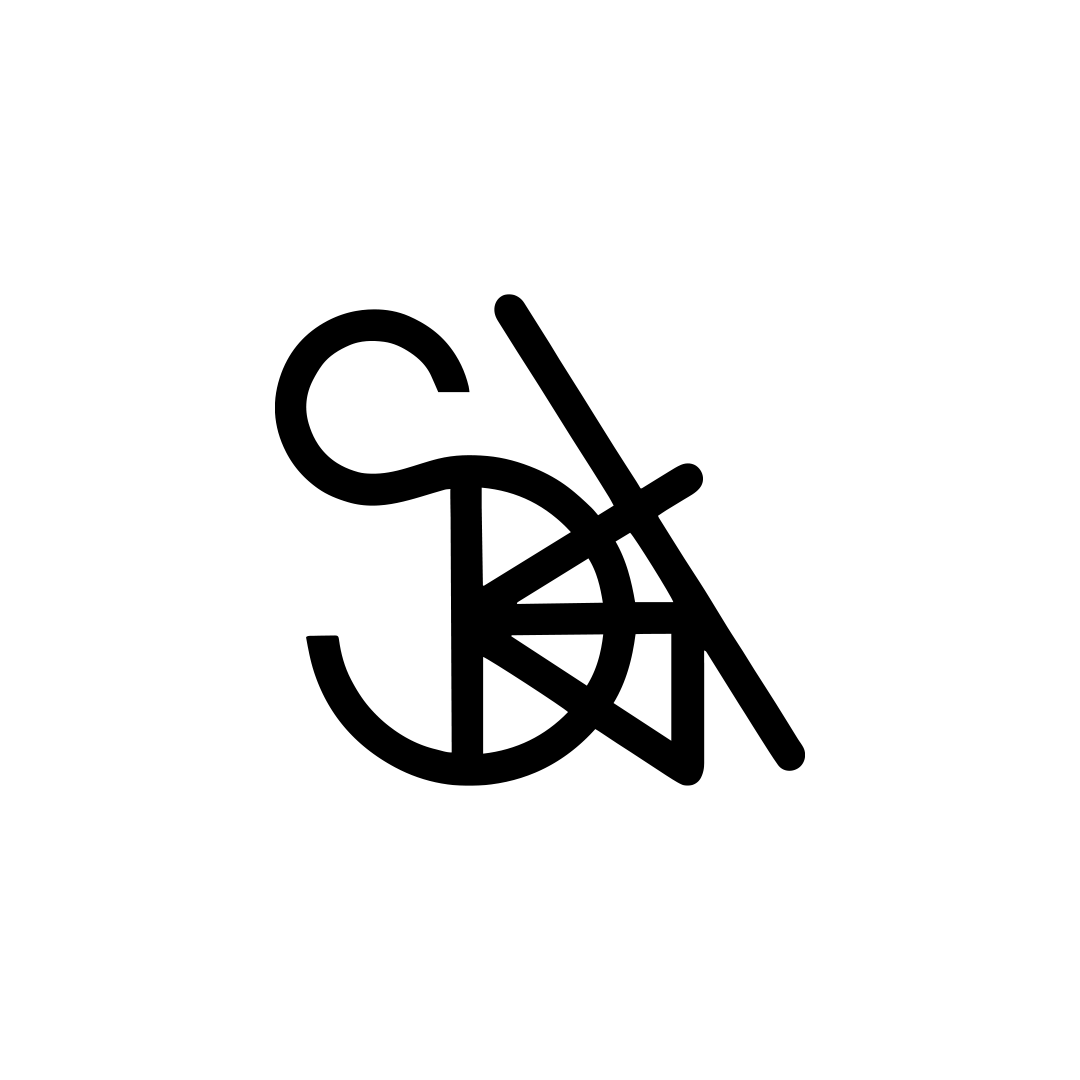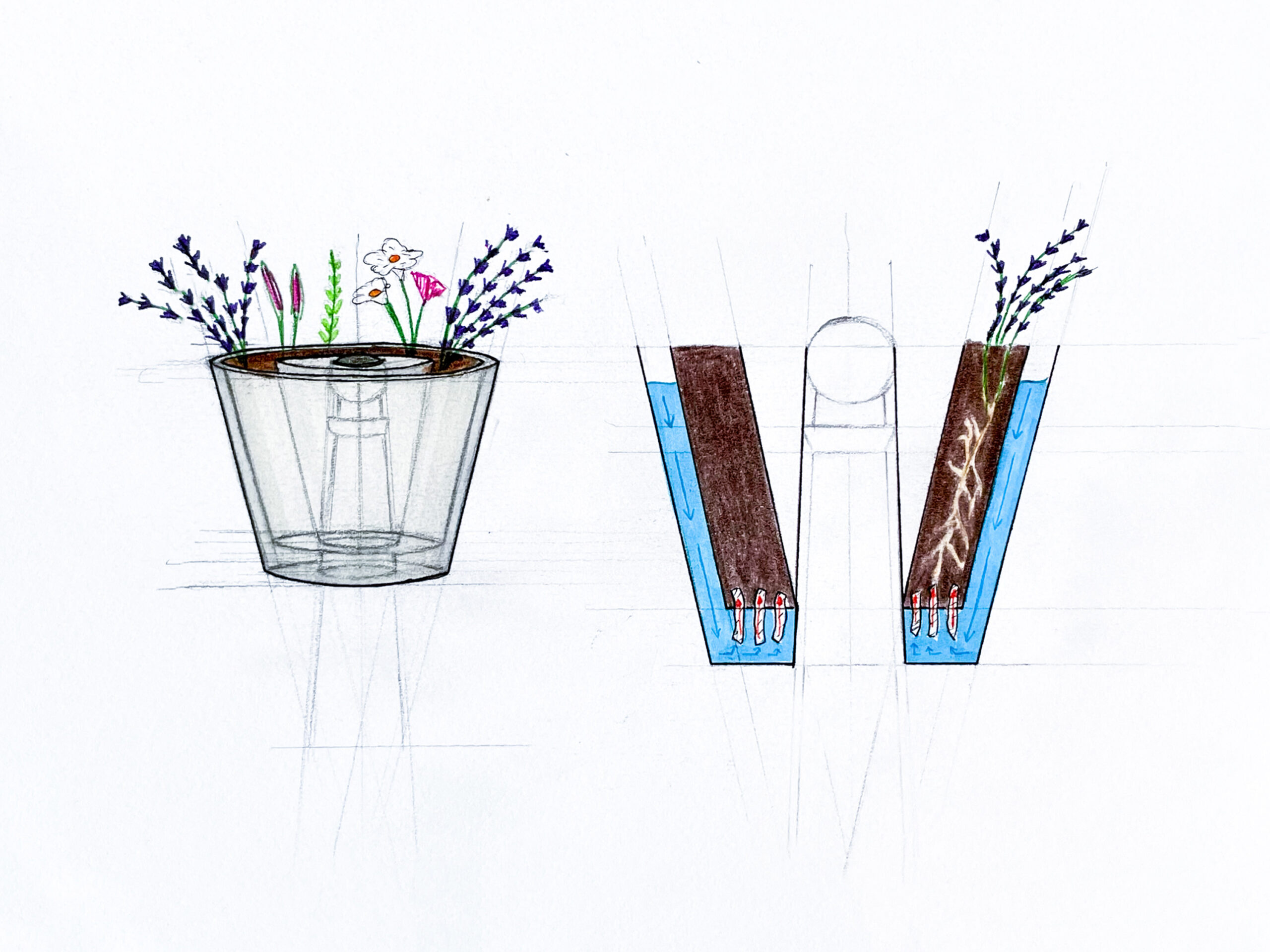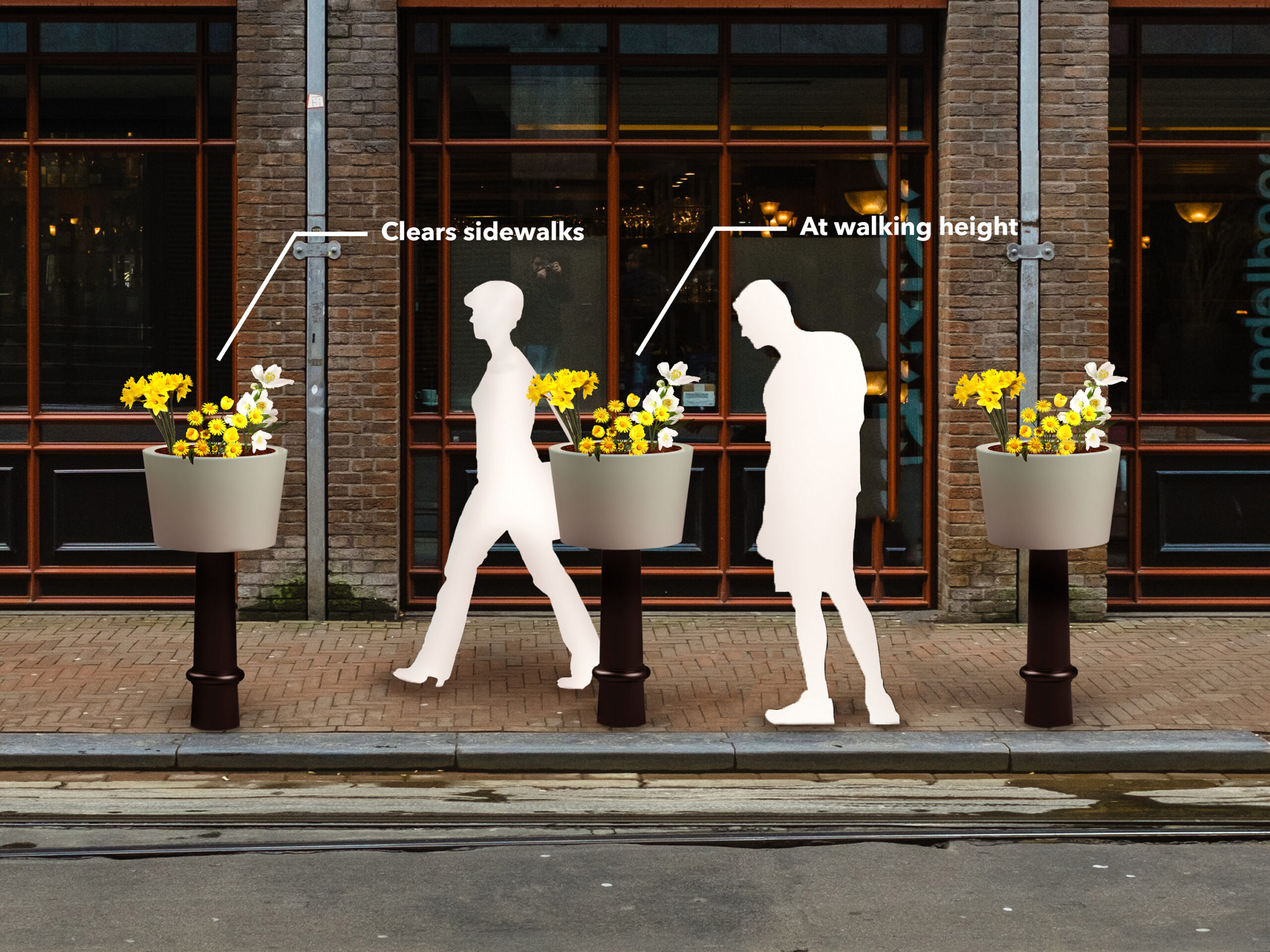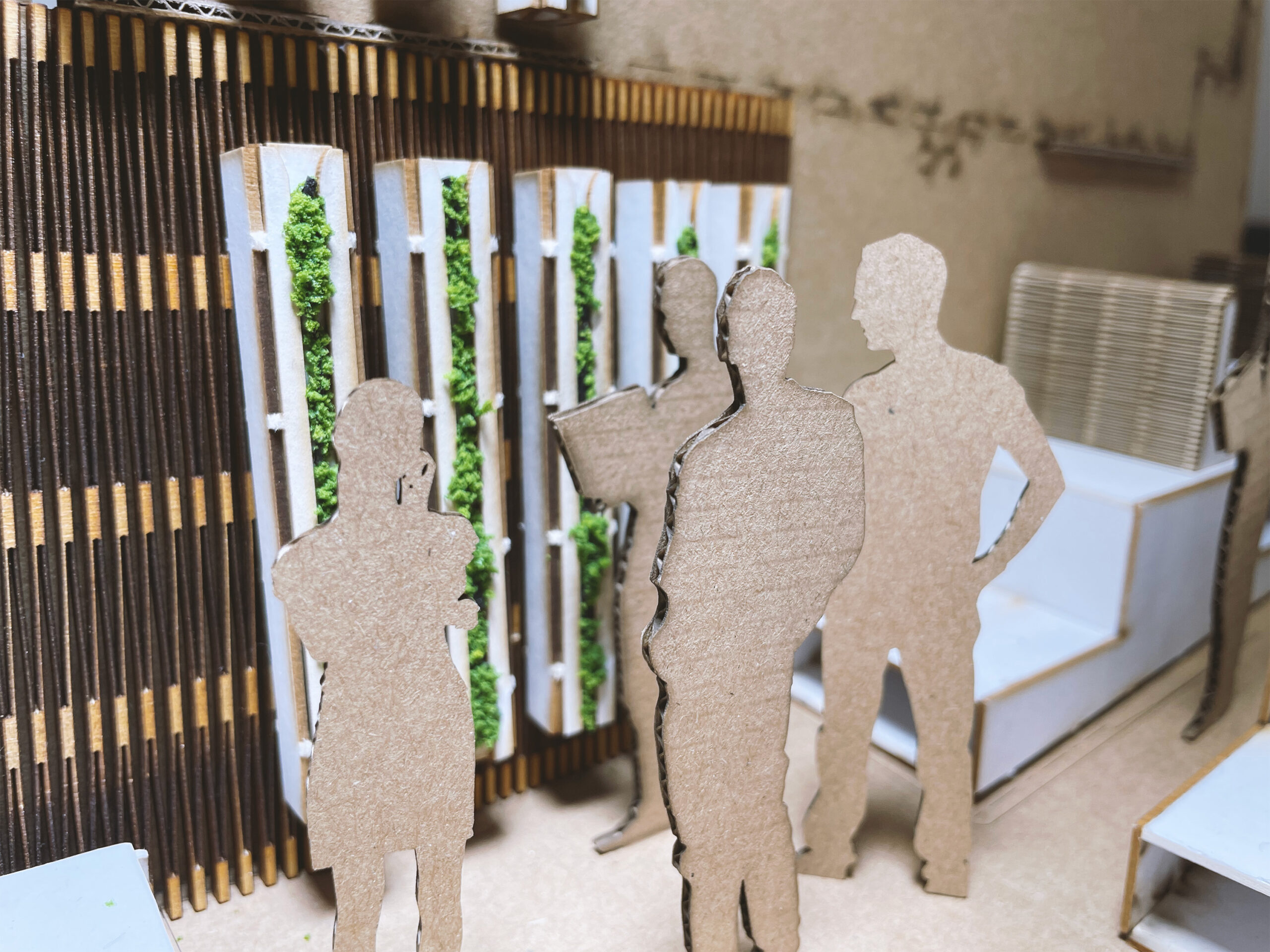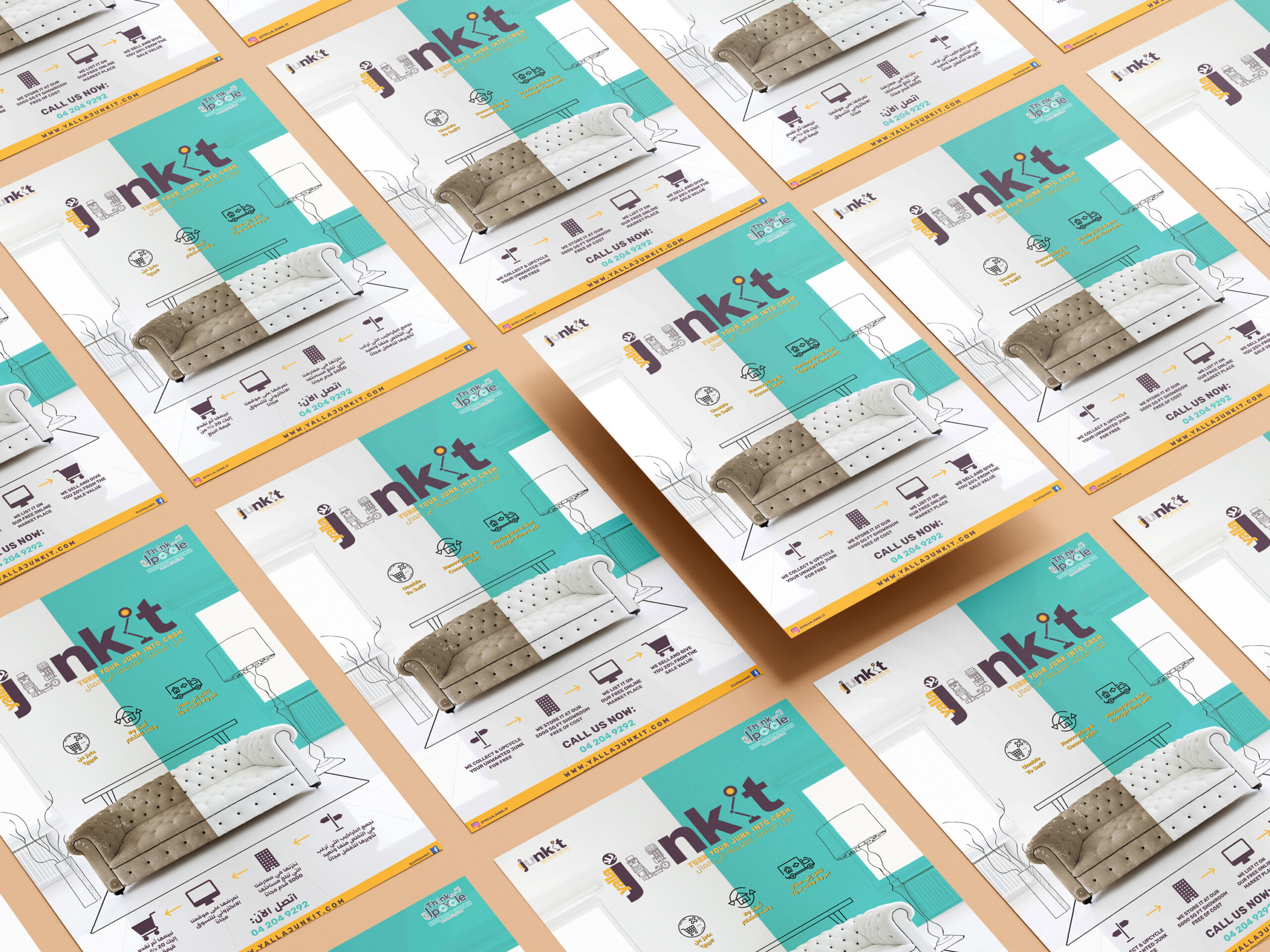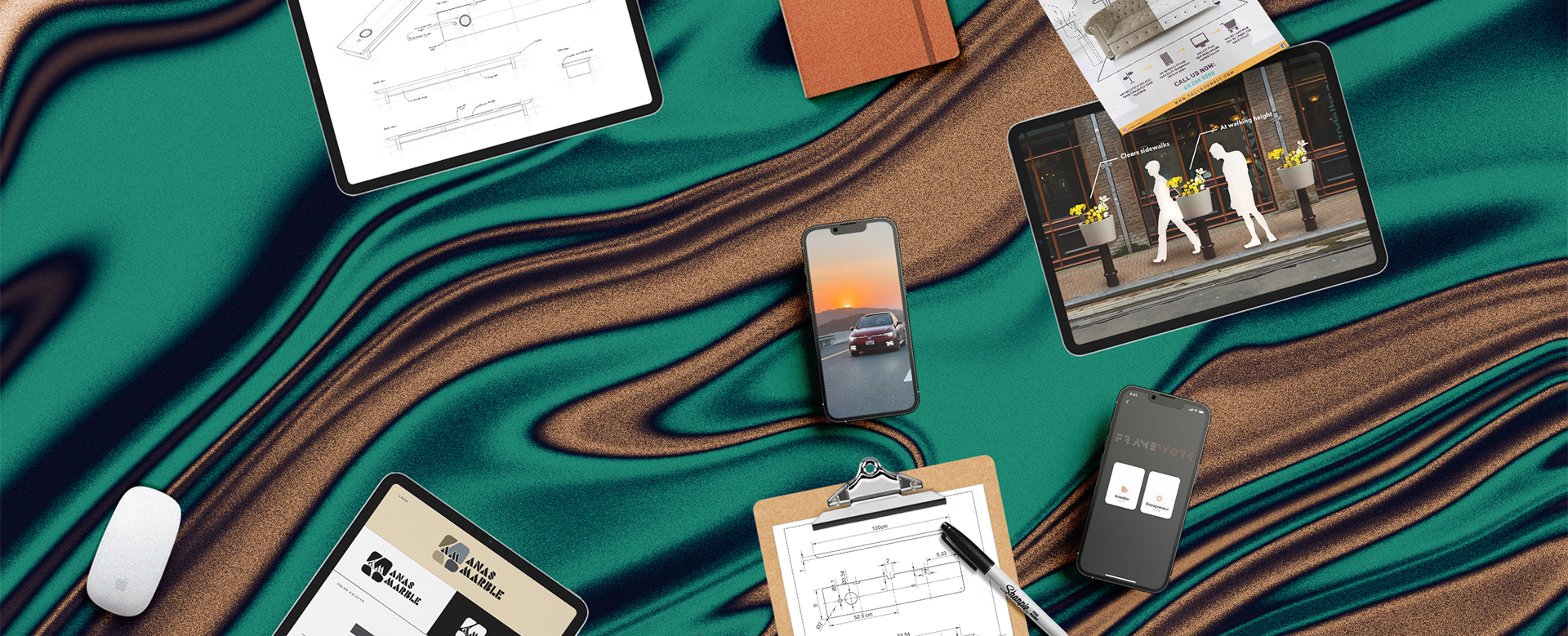
Date
May 24, 2023
Category
Innovative Design, Product DesignAbout This Project
Background:
In year 1 at University for the Creative Arts we were introduced to a module called Design for Equity. In this module, we were asked to record crucial moments from our site visit of the town in which our campus was located, as a starting point for designing interventions to address human actions, environmental conditions, etc. During this module, we were assigned with designing and developing a small intervention that promotes sustainability and greener thinking in the urban environment, based on our observations.
Research:
My research focused on:
1. Different designs of bollards.
2. Existing plant pot designs.
3. Exploring the technical aspect of self-watering paint pots.
4. Research into sustainable recycled PLA filament for 3D printing.
5. Research into my target audience: public & students.
6. Exploring a self sustaining business model.
Solution & development:
According to my research, the town had fewer green spaces and sidewalks filled with lifeless bollards. I decided to devise a solution that would bring a bollard to life and thus the town to life.
I imagined an inventive self-watering planter that could be used universally on bollards. In addition to giving life to the bollard, it would encourage the public to plant themselves.
To make this concept a reality, I designed multiple iterations of a planter with it being mass-production-friendly and having the technical components of an oil lamp and a self-watering planter.
I had designed a reservoir that collected rainwater and had several internal holes that permitted thick cotton wicks to be placed half in the soil and half in the reservoir. This allows the scientific process of “Capillary Action” to occur, in which water is transferred upwards to the soil as required to maintain a healthy soil and plant. The internal inverted conical shape allowed for a snug fit on bollards of various radii.
By creating the model in Autodesk Fusion 360, the design could be mass-produced with recycled PLA using 3D printers.
To add the cherry on the top the idea allowed sustainable thinking as the installation would be an activity for students across all ages. The planters would be given to students to personalise and would be placed in the community to grow, allowing it to become an awareness campaign emphasising the significance of nature in our lives.
The final product is a sustainably designed planter that breathes life into an inert object while teaching future generations about nature. Without human production or maintenance, this product is truly revolutionary.
TAkeaway:
I learned a great deal from this project. I had learnt the necessary perspective to conduct a site analysis. I also learnt new technical terms and process that were fascinating. I also learned the value of conceptualising an idea as a business model, which allows you to consider all aspects of the product and its success. Lastly, not every concept needs to be a brand-new product; existing products can also be improved upon, more with less.

